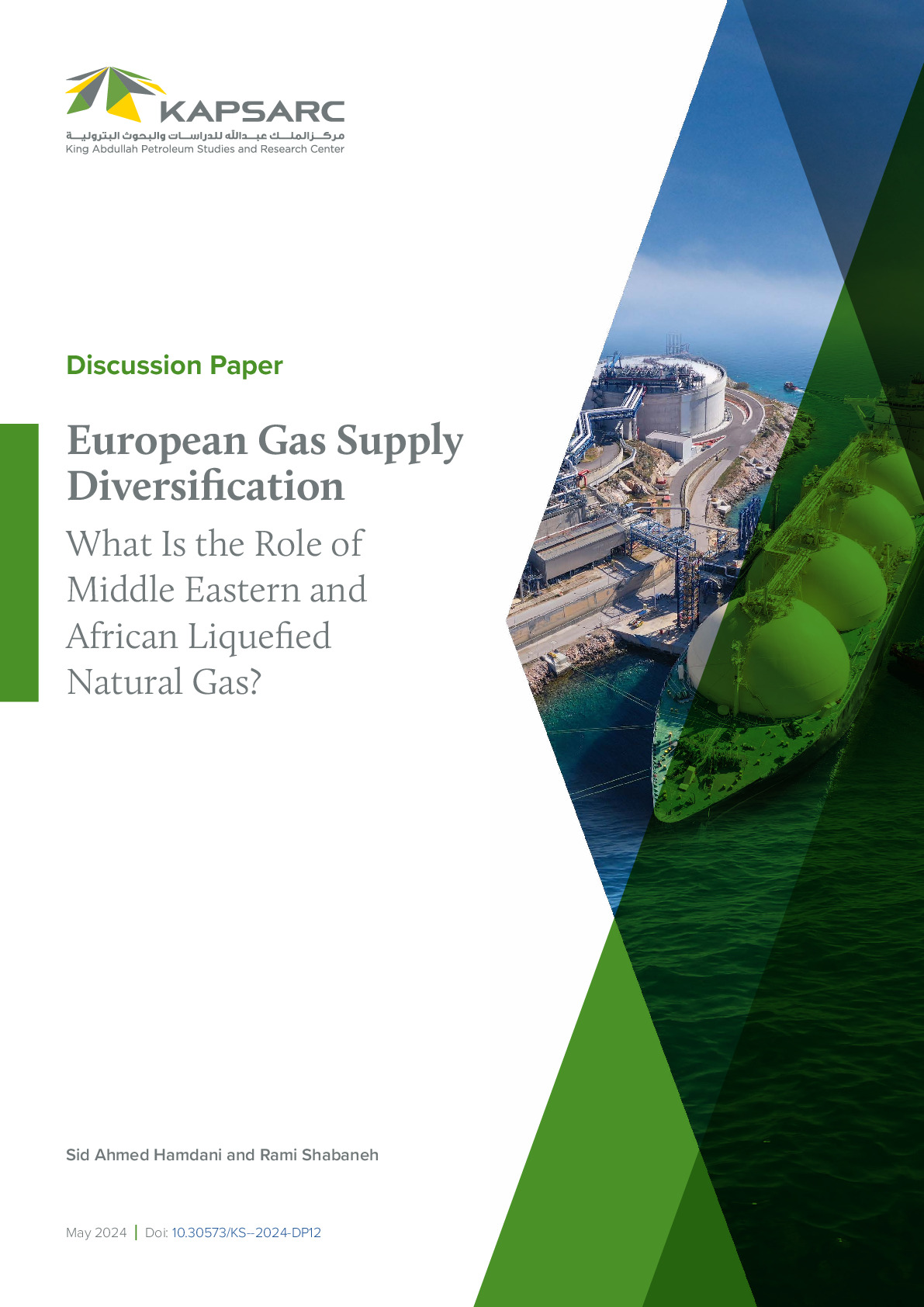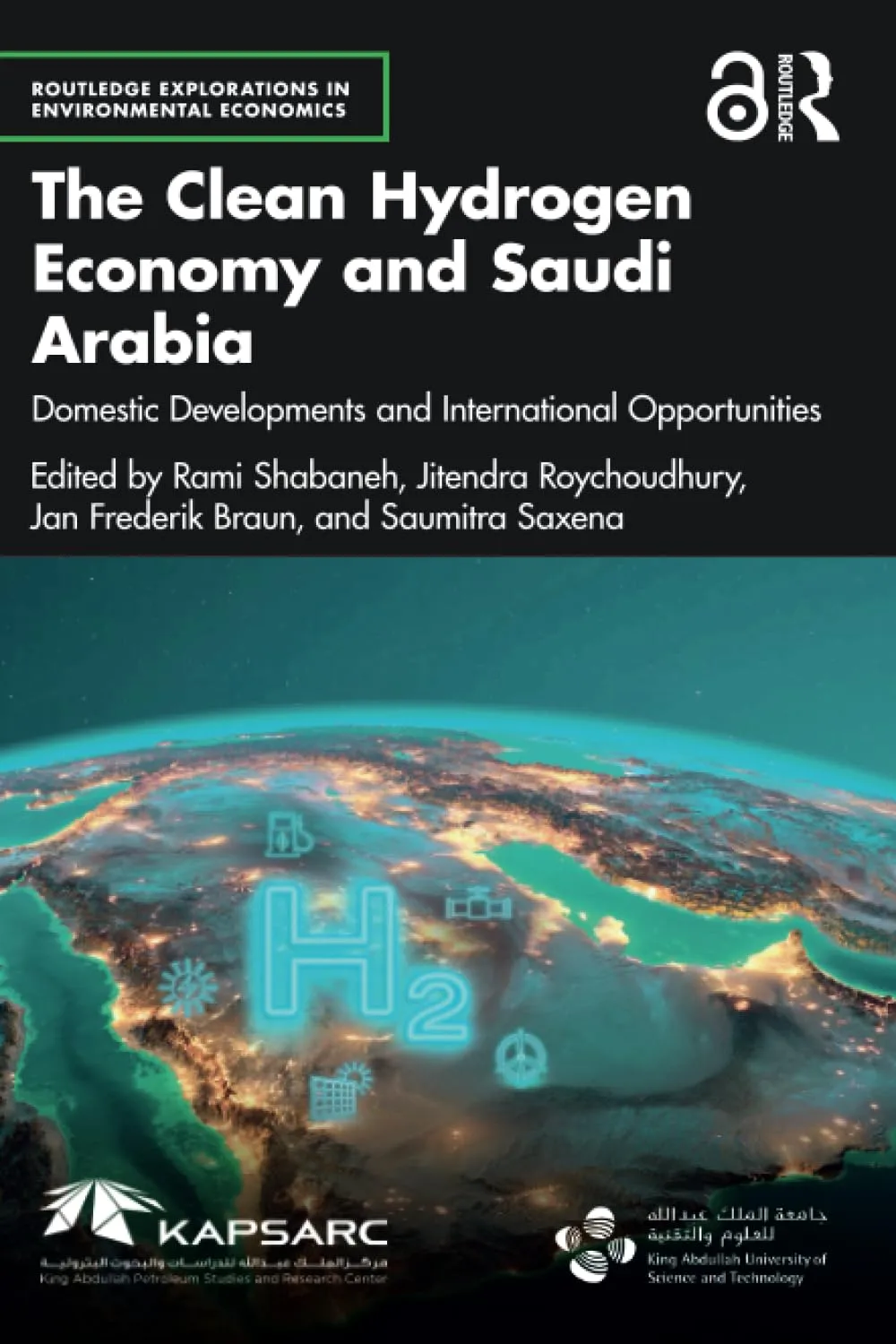This paper investigates the role of the Middle East and Africa (MEA) in supplying liquefied natural gas (LNG) to Europe in the context of sustained Russian gas pipeline disruptions. A linear programming optimization model, Nexant’s World Gas Model (March 2023 update), is used to assess various scenarios reflecting gas supply and demand uncertainties. Three alternative scenarios are considered: an MEA expanded LNG capacity scenario that assumes a larger MEA LNG supply than the reference case, an MEA expanded LNG capacity with a ban on Russian LNG supply and an aggressive gas demand reduction scenario that considers a pessimistic gas profile due to an accelerated energy transition.





